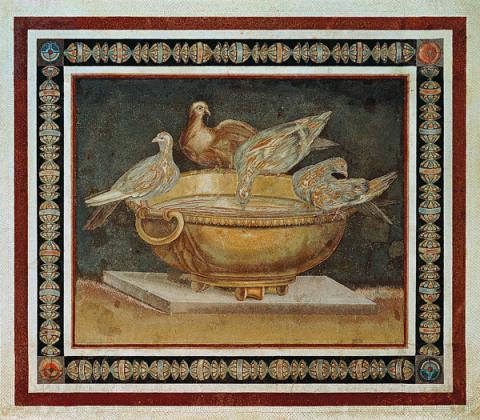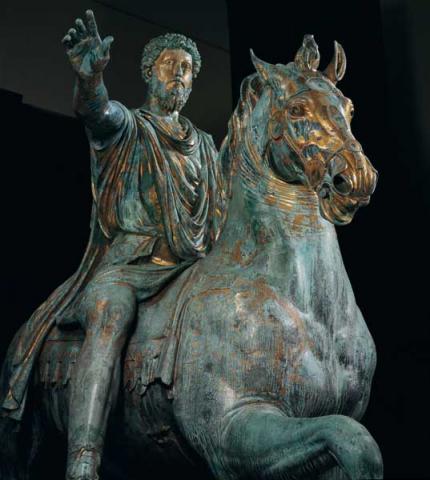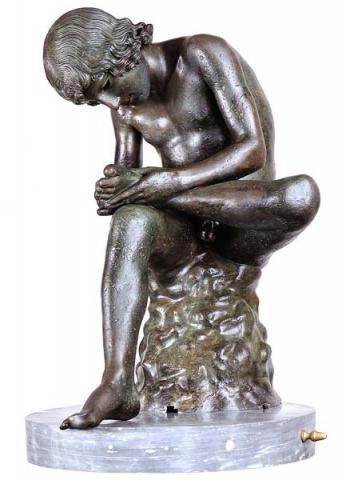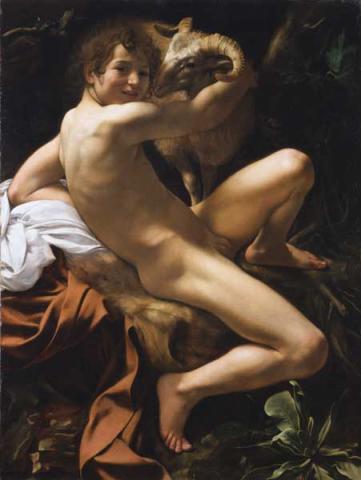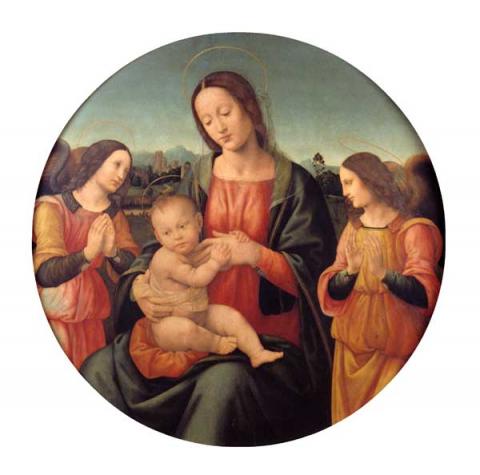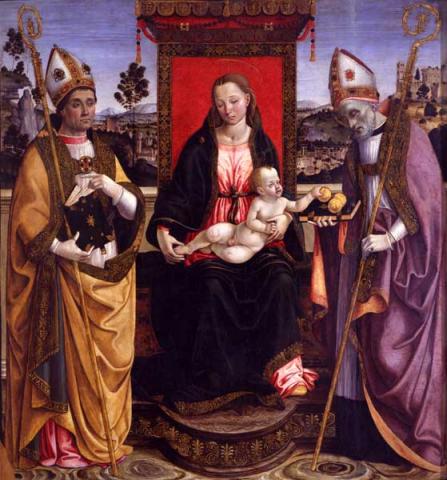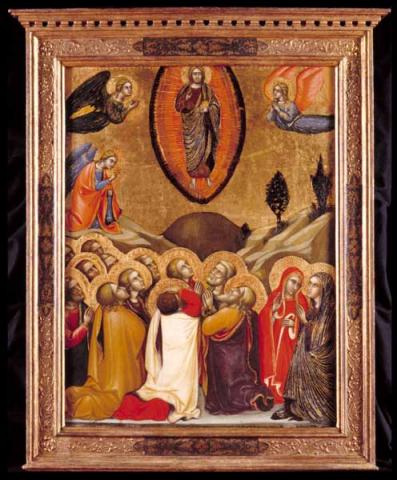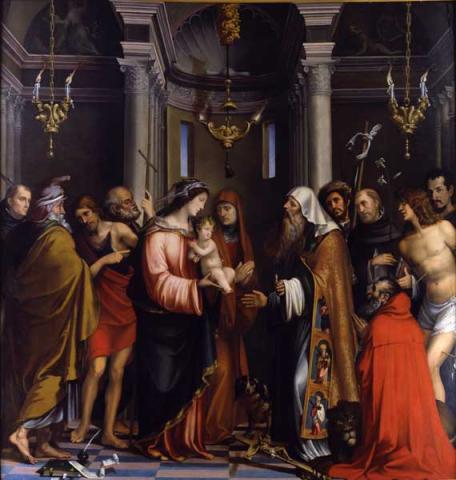I Hall - Central Italy from the Middle Ages to the Renaissance
The room is dedicated to Italian painting of religious subjects of the late Middle Ages and early Renaissance, from the late fourteenth to the early sixteenth century; all the paintings in this space are on panel. The bigger pictures ("altar pieces") decorated the altars of churches or chapels, the smaller ones were part of multiple panels (polyptychs). Especially in Florence, the circular format was typical of the devotional paintings for private residences and not for churches.
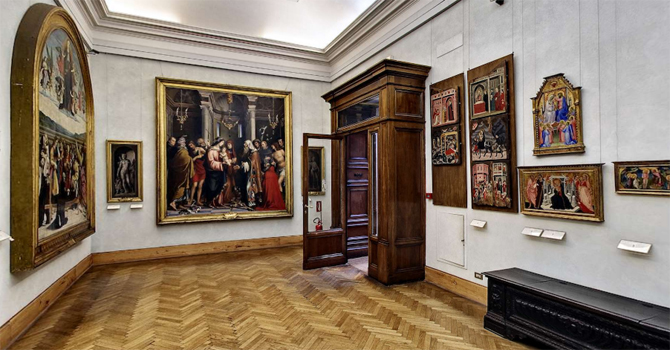
The works displayed in Room I follow some stages of the history of Italian painting in the transition period between the late Middle Ages and the Renaissance.
The two half-length figures of saints - Bartholomew and Mary Magdalene - painted by the Sienese painter Bartolomeo Bulgarini in 1350, are two typical devotional paintings, in which the characters are derived from the traditional religious iconography: Bartholomew is recognizable for his knife, the instrument of his martyrdom, while Mary Magdalene carries the ointment jar with which she washed the feet of Christ.
The five panels representing scenes from the Childhood of Christ, 1378, were painted by Maestro di Campli, a painter active in Abruzzi and Latium: they show the influence of Giotto even in small towns. These paintings – together with a sixth panel belonging to a private collection - originally formed the panels for the case of a sculpture of a Madonna and Child.
The Trinity, painted in 1405-1410, was commissioned to the Florentine painter Niccolò di Pietro Gerini by Francesco Datini, a wealthy merchant of Prato who is pictured below in the painting, out of scale, with his wife Margherita and his adopted daughter Ginevra.
The altarpieces witness the shift towards a more mature artistic sensibility, which spread throughout Italy following the achievement of the school of paintings of Florence, Venice and Rome.
A typical example of Tuscan provincial production of high quality is the Madonna and Child Enthroned with Saints, painted by Agostino Marti in 1513 for the church of San Francesco in Massa, commissioned by Alberico Malaspina Regolo, lord of Carrara; the painting shows the scheme of the “Holy Conversation” with saints on either side of the Virgin.
Madonna Enthroned with Saints Nicholas of Bari and Martin of Tours is the work of the Piedmontese artist Macrino d’Alba, and was probably painted during a short stay of the artist in Rome in 1495-96.
The large panel depicting the Death and Assumption of the Virgin by Cola dell'Amatrice, painted towards 1515-16, comes from the convent of San Domenico in Ascoli Piceno and is in the Capitoline Picture Gallery since 1824. The artist had a particular role in the spread of the art of Raphael in smaller towns. The composition is divided into two parts: at the bottom the death of the Virgin, with the group of Apostles and Dominican saints (Thomas, Catherine and Dominic) who weep over the body of the Mother of Christ, and above in the Assumption of the Madonna, the virgin is taken to heaven by angels.
The tondo with the Madonna and Child with Angels, by the Florentine painter Giovanni Antonio Sogliani, shows the more conservative trend of Tuscan art, without original characters and projected towards the style of the great masters of the fifteenth century.
Of particular interest is the story of the Presentation in the Temple. The work was originally intended for the church of San Domenico in Reggio Emilia and the Bolognese artist Francesco Francia had begun to paint it in 1514, but he was interrupted and the work was resumed several years later by another painter of Bologna, Bartolomeo Passerotti, who ended the painting with some modifications (the original figure of the kneeling client was changed into that of St. Jerome).
Macrino d'Alba (Gian Giacomo Alladio, Alba 1465/70 ca - 1520/28)
Francesco Francia (Francesco Raibolini, Bologna 1447 ca - 1517) e Bartolomeo Passerotti (Bologna 1529 - 1592)


























